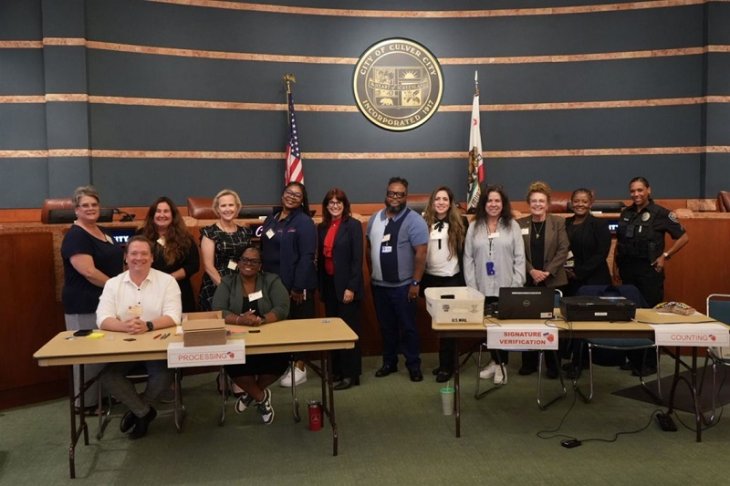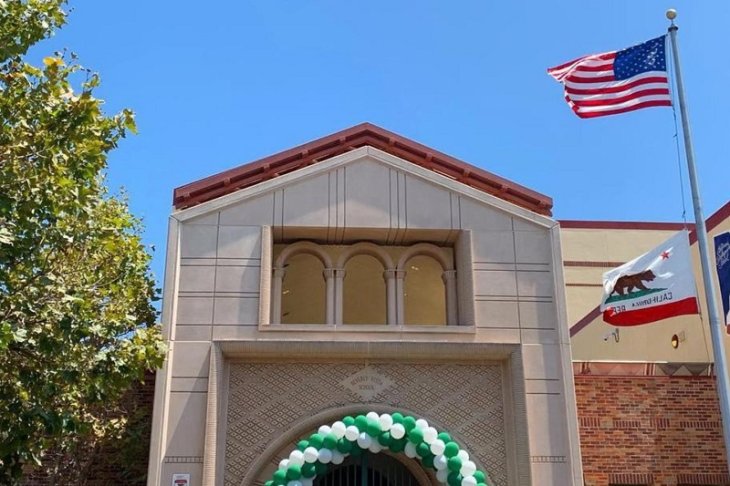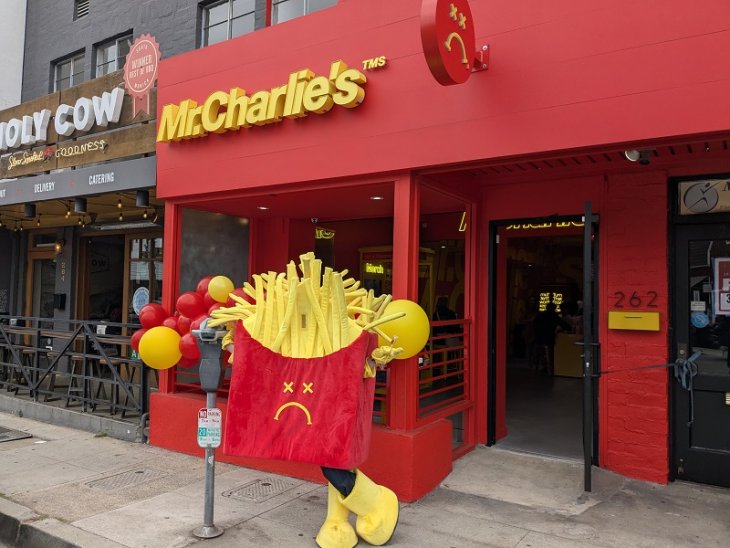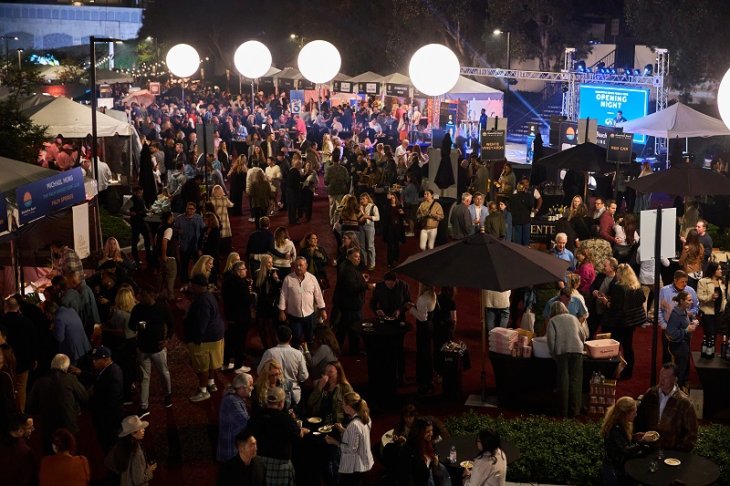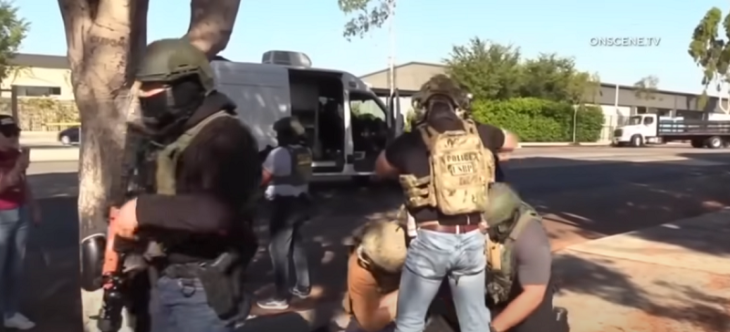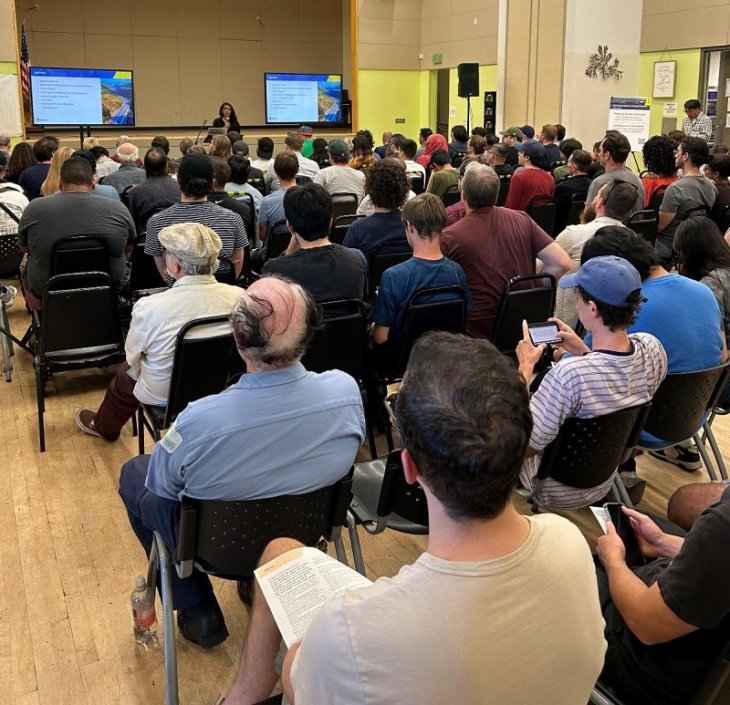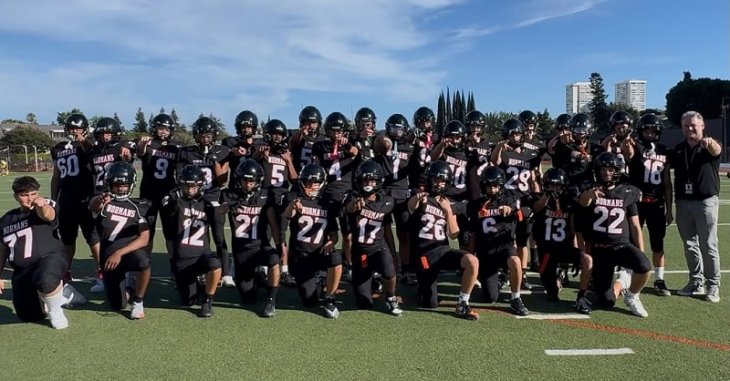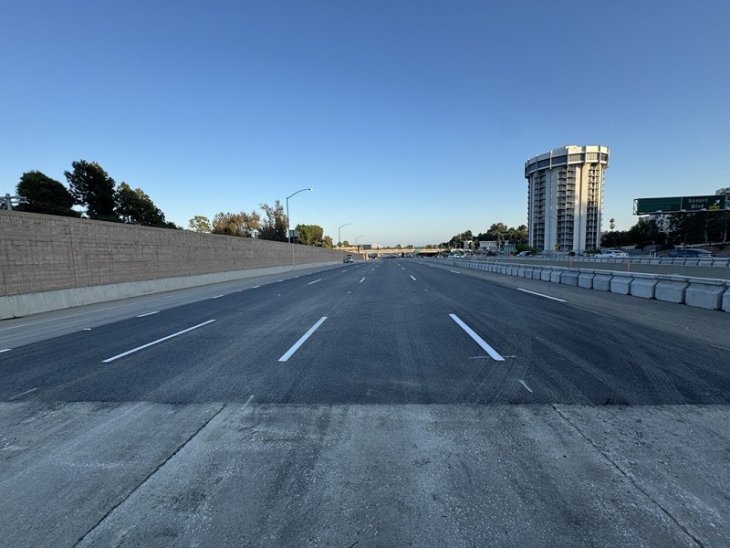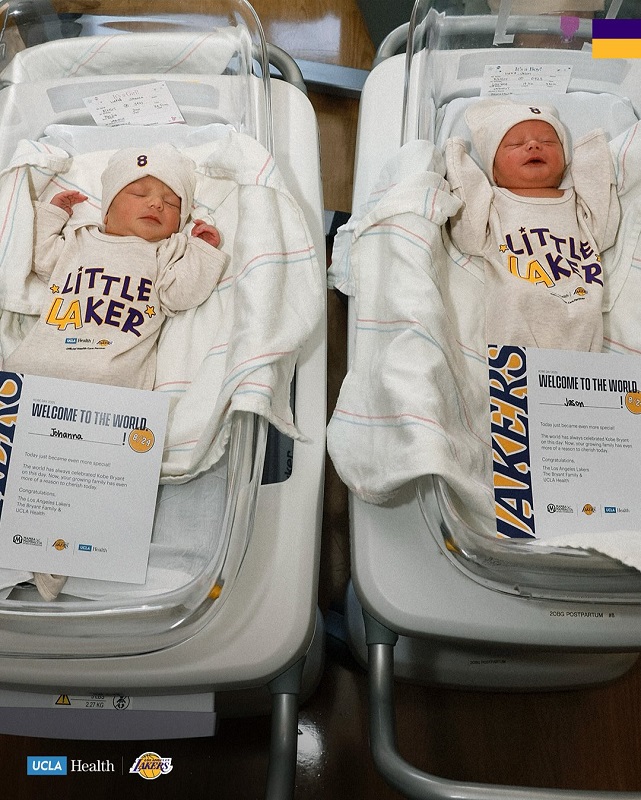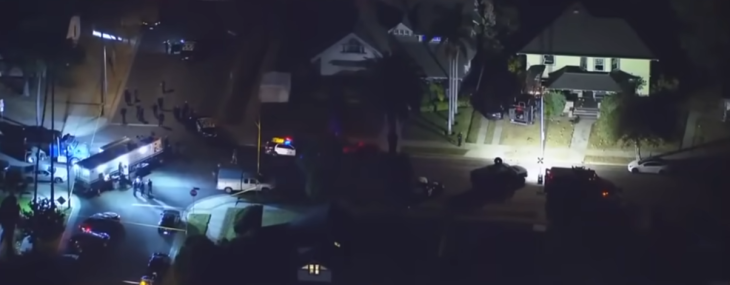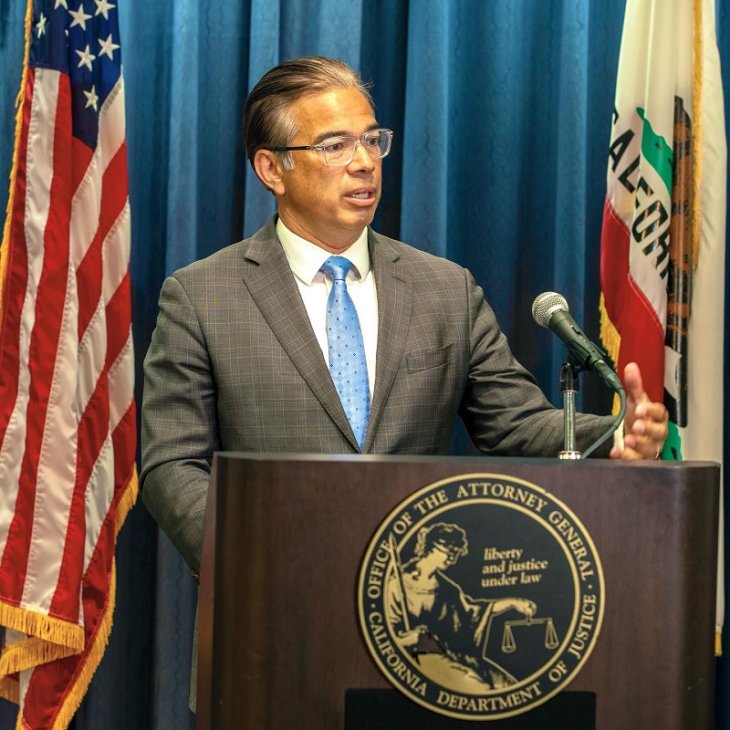By Tom Elias, Westside Today Columnist
For decades, academics warned that the ever-widening income gap in America could have dire consequences for California and the rest of the nation unless someone did something about it. Nothing happened.
Then came the wholly unjustified police killing of the African American Minneapolis resident George Floyd, touching off protests from coast to coast, from near the Canadian border to near the Mexican border. The protests broke out in Seattle and Phoenix, in Los Angeles, Sacramento, San Francisco, Miami, Atlanta, New York, Philadelphia – almost everywhere with significant minority populations.
These began peacefully. But then crowds began expressing pent-up anxiety and rage left from the 11-week coronavirus lockdown, with its loss of jobs and continuing spread of the plague itself. Both hit minorities far harder than whites largely because of their vastly contrasting living conditions and educational levels.
Over a week of steady demonstrations, looters eventually began exploiting the protests. Some of their raids looked well organized, likely via social media. They went after high-end shopping areas in San Francisco and Emeryville, Rodeo Drive in Beverly Hills and the Santa Monica Promenade.
In Santa Monica on Sunday, May 31, legitimate demonstrators and looters split sharply, soon conducting their activities blocks apart. On swank Melrose Avenue in Los Angeles Saturday, May 30, and on Santa Monica’s Broadway the next afternoon, looters literally trampled groups of legitimate peaceful protesters trying to divert them from storefronts.
The thieves went after goods from sneakers to sweaters, jeans to jewelry, TVs to computers and cellphones. The booty so packed their cars, SUVs and pickups that looters themselves almost could not fit in with it. Look for much of that easy-to-sell stuff in swap meets across America.
Outside some brand-name sneaker stores, the bandits’ vehicles lined up in what seemed a systematic pattern, police so outnumbered in many places that they could not safely intervene.
Some conservatives including President Trump soon tagged “Antifa” as the culprit, with no evidence. Of course, no one knows exactly who Antifa is, so it’s a convenient, anonymous scapegoat.
But there’s much more at work here than the usual “outside agitator” suspects, to whom conservatives appear to be applying the Antifa tag, after a group that has not been very active for the last few years.
Doing that intentionally downplays and ignores the legitimate grievances of African Americans, who have time after time seen police injure or kill unarmed persons of their race. It bypasses at least one legitimate question: Why are police trained in the knee-on-neck technique used by Minneapolis policeman Derek Chauvin to kill Floyd while three other cops stood by as Floyd moaned that he could not breathe?
But there are deeper issues. California exemplifies them, Los Angeles in particular. Said one businessman who recently relocated to the posh L.A. district of Bel Air, “It’s been hard for me to believe that I can live in luxury here, but less than five miles away are some of the poorest people in America.”
Academics have noted that contrast for years, sometimes warning it could lead to violence. The New York-based Urban Institute, for one example, reported that between 1963 and 2016 families near the bottom of wealth distribution (those at the 10th percentile) went from averaging no wealth to being about $1,000 in debt, while families near the top (at the 90th percentile and above) saw their wealth increase fivefold between 1963 and 2016. That’s compounded inequality.
Long before the Floyd murder, then, there was plenty of inequality and reason for minority rage. The rage is now in the open. That’s why it was no coincidence when, at least in California, protesters and their piggy-backing looters headed to high-end areas.
With a long, hot summer ahead, this outbreak may lapse, but its causes won’t go away. California can hope this is not the start of the class war some scholars warned of, but the only way to make sure of that is to do something about the blatant inequalities in economics, policing, housing and many other areas.
That could lead to a guaranteed monthly income for all, or something else. But there must be movement, or the troubles may only be starting.
Email Thomas Elias at tdelias@aol.com. His book, “The Burzynski Breakthrough: The Most Promising Cancer Treatment and the Government’s Campaign to Squelch It,” is now available in a soft cover fourth edition. For more Elias columns, go to www.californiafocus.net

